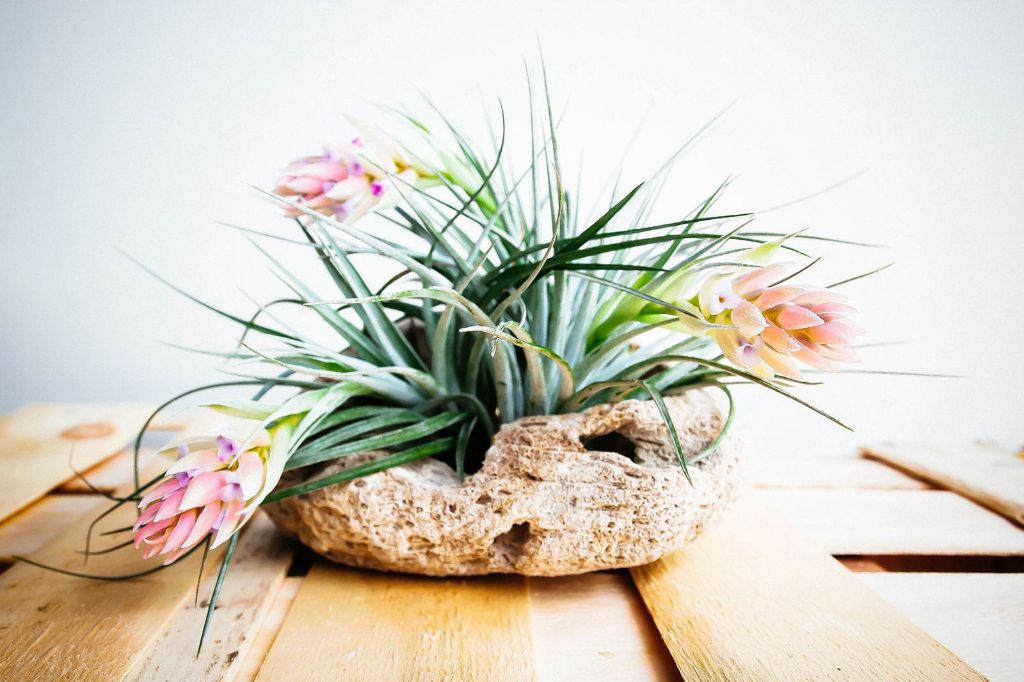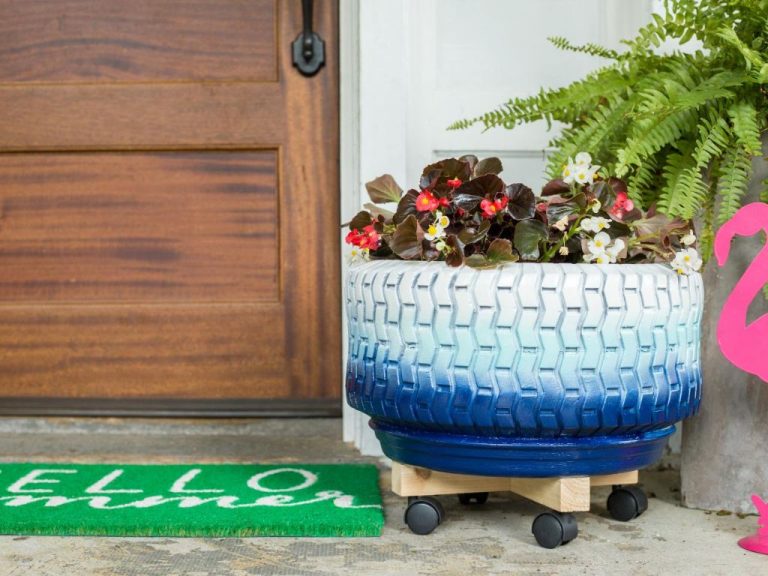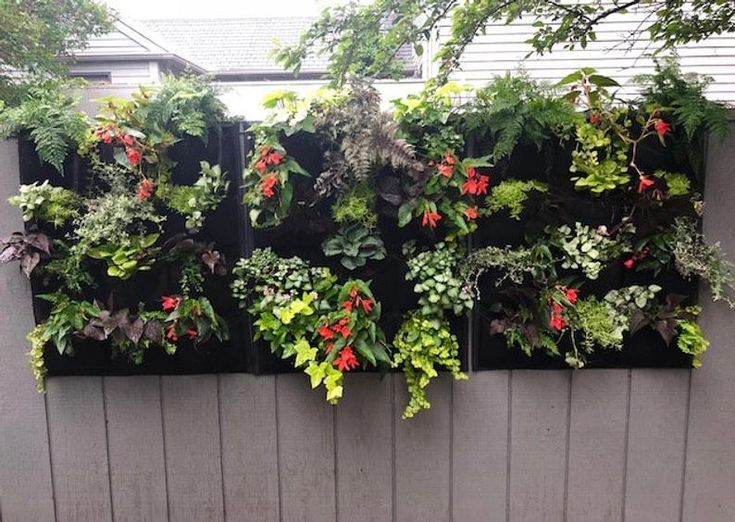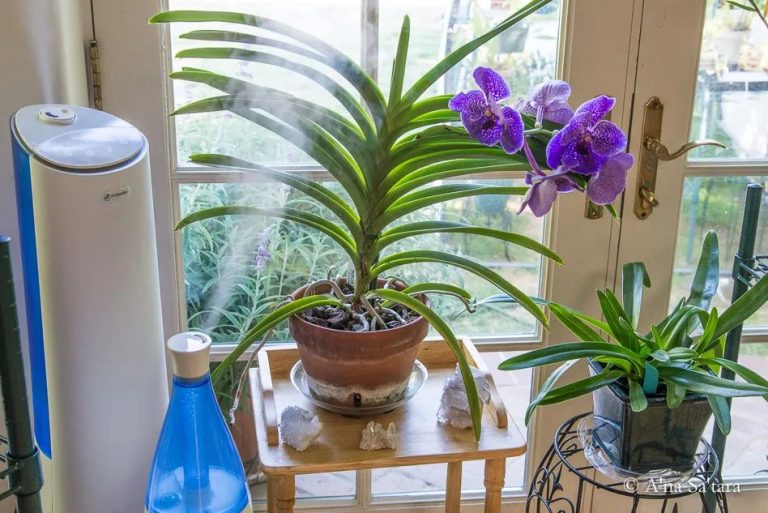A Beginner’S Guide To Caring For Air Plants
What Are Air Plants?
Air plants, also known as tillandsias, are a type of epiphyte plant in the bromeliad family that grow without soil and absorb moisture and nutrients from the air (Treehugger). They are native to tropical and subtropical regions of Central and South America where they grow attached to tree branches, bark, and even power lines. Their name comes from their ability to survive solely on air moisture in their native habitats.
Air plants have slender, elongated leaves that grow in a rosette shape. They are well adapted to arid conditions with specialized cells on their leaves called trichomes that absorb water and nutrients. Air plants come in a variety of shapes, sizes and colors. There are over 650 species, though some popular varieties include the Tillandsia ionantha with soft leaves and the Tillandsia xerographica with striking silver foliage (Air Plants).
Air plants attach themselves to various surfaces in nature through small root-like structures. However, they don’t actually grow roots into a substrate like traditional plants. They get all they need from humid air, rain, and debris around them. Air plants absorb moisture rapidly but also dry out quickly, allowing them to adapt to their native environments (Houseplant Shop).
Popular Air Plant Varieties
There are over 650 species of air plants, but some varieties are more popular than others. Here are some of the most popular types of air plants that are great for beginners:
- Tillandsia ionantha – Also known as the sky plant, this is one of the most common air plant varieties. It has long, thin leaves that twist and curl, giving it a fun, whimsical look. It produces pale blue or violet flowers. (Source)
- Tillandsia xerographica – Known for its striking silver-gray leaves, this air plant resembles a sea creature. It has curly, twisted leaves that spread outward. One of the largest air plant varieties. (Source)
- Tillandsia stricta – This air plant has stiff, spiky leaves that grow upright. Popular varieties include Tillandsia stricta pink bronze which has pink flowers and Tillandsia stricta midnight with dark leaves. (Source)
- Tillandsia bulbosa – Distinctive bulbous base gives way to long, thin leaves. Originates from Mexico and Guatemala. Requires bright light. (Source)
- Tillandsia capitata – Known as the peach air plant, this variety has intriguing bulbous leaves stacked together that resemble a pineapple top. Produces bright pink flowers. (Source)

Getting Started – Purchasing Your First Air Plant
When purchasing your first air plant, you’ll want to pick a healthy specimen that will thrive in your home. Here are some tips for selecting a robust air plant:
Look for vibrant green leaves that appear rigid and firm. Avoid plants with brown, mushy, or wilting foliage, as this indicates distress. According to Craft Organic, check for critters by looking under and between the leaves. If you bring a pest infested plant home, they can quickly spread to all your plants (https://craftorganic.com/flora/selecting-healthy-tillandsia/).
Select air plants with intact roots and avoid any with black or brown rotted areas. Healthy roots should appear silvery white or pale green. Damaged roots can lead to plant decline.
Opt for plants with bright coloration and fuller foliage, rather than leggy, sparse growth. More compact air plants tend to be heartier.
Look for an air plant that is proportional in size to its container or mount. An oversized plant crowded into a small holder will not thrive.
When possible, purchase from a reputable seller that cares knowledgeably for their plants. Avoid big box stores where air plants are often neglected. According to Air Plant Man, plants purchased online should arrive plump and in good condition (https://www.airplantman.com/pages/air-plant-care).
With a vigorous, healthy air plant and proper care, you’ll be able to enjoy your new plant for many years to come.
Air Plant Care Basics
Air plants require bright, indirect light to thrive. Direct sunlight can scorch their leaves, so it’s best to place them in a spot that gets lots of bright, filtered light throughout the day. An east or west-facing window is ideal. Rotate the plant every few days so all sides get even light exposure.
Water air plants by soaking them for 10-20 minutes once every 7-10 days. Remove them from their mount and place them in room temperature water. Allow them to soak completely, then gently shake off excess water before returning them to their display spot. Only water when they are completely dry. You can also mist them with water 1-2 times per week in dry environments. Refer to Air Plants – Watering tips and more for your tillandsia for more details on proper watering techniques.
Fertilizing is generally not necessary for air plants. Their roots absorb nutrients from the air, so fertilizer applied to their leaves has little benefit. However, you can spray them with a diluted foliar fertilizer a few times a year for an extra boost.
Air plants need good airflow to remain healthy. Display them in an open, breezy area and avoid enclosing them in terrariums or glass containers. Rotate the plants frequently so all sides get airflow exposure.
Mounting and Displaying Air Plants
There are endless creative ways to mount or display your air plants at home. Air plants are so versatile that you can showcase them in almost any location. Here are some popular ideas for mounting and displaying your tillandsias:
Hanging Air Plant Holders – You can hang air plants using a variety of fun holders. Wire hanging holders allow your plants to dangle freely. You can also find air plant holders shaped like pineapples, octopuses, and other whimsical designs to add a decorative flair. Hang air plants anywhere from ceilings, windows, patios, or even mounted on walls. Refer to this source for DIY hanging air plant holder ideas.
Mounted on Driftwood or Cork – Affixing air plants to pieces of driftwood, bark, or cork using floral wire or waterproof glue creates a beautiful, natural display. Situate mounted pieces on mantles, shelves, tabletops, or anywhere you want a decorative living accent. Let the air plants drape artistically across the organic materials for a casual look. Cork bark makes an especially attractive mounting base.
Terrariums – Plant one or more air plants together inside a glass terrarium or globe. This creates a lovely living diorama and allows you to appreciate the plants from all angles. Add pebbles, mosses, twigs, shells or other elements to complete the mini landscape. Terrariums help increase local humidity for your tillandsias. Just remember to crack the lid open periodically to allow for airflow.
Kokedama Display – For a modern twist, mount air plants onto kokedama moss balls wrapped in twine. Situate them on wall sconces, shelves, tabletops, or hang them at varying heights using fishing line. The kokedama planting style originates from Japan and suits air plants beautifully.
Bookshelves – Tuck air plants in between books, or allow them to peek over the edges of shelves. This adds life to bookcases and displays your plants at eye level where they can be appreciated up close.
Common Air Plant Problems and Solutions
Air plants are relatively easy to care for, but they can run into problems if the wrong care is provided. Here are some of the most common issues air plant owners face, and solutions for reviving struggling plants.
Overwatering
Overwatering is one of the main reasons air plants decline or die (source). Air plants prefer a dry environment and their roots are adapted to absorb moisture from the air. Too much water will rot the roots and cause fungal issues. Signs of overwatering include softened, translucent leaves, brown discolored leaves, or foul odors (source). Allow the plant to dry out completely before watering sparingly again.
Underwatering
While air plants like to dry out between waterings, severe underwatering will also cause issues. Signs of underwatering include crispy brown tips, curled leaves, or stiff foliage. Mildly underwatered plants can be revived by soaking overnight and misting occasionally until conditions improve.
Pests
Common air plant pests are mealybugs and scale insects. Check for white fuzzy substances on leaves or white crusty deposits, which indicate pests (source). Remove pests manually with a cotton swab dipped in alcohol or treat with insecticidal soap.
Tips for Reviving Plants
Air plants that are struggling from any of the above issues can often be revived. Soak the plant for 1-2 hours to rehydrate. Mist daily and keep in bright, indirect light. Reduce watering frequency and quantity until the plant recovers. With proper care adjustments, many distressed air plants bounce back (source).
Propagating Air Plants
Air plants reproduce through offsets, also known as pups or plantlets. An offset is a smaller plant that grows directly from the parent plant. Most air plant offsets will start to grow from the base of the mature plant once it reaches maturity at around 3-4 years old.
Air plants are monocarpic, meaning they bloom once in their lifetime, produce seeds, and then the mother plant dies. However, before flowering, they produce offsets which can be used for propagation. Once the offset has grown to at least 1/3 the size of the parent plant, it can be removed by cutting it off at the base with a clean, sharp knife or scissors. Make sure not to damage the offset. Then allow the offset to dry and scab over for a few days before planting it in a suitable container [1].
Air plants can also be propagated by seed. After flowering, collect the small black seeds and spread them on moistened peat moss or coconut coir. Keep the growing medium moist but not soggy. Germination can take anywhere from 2 weeks to 6 months. Once sprouted, the young air plants can be transplanted after their first or second leaf grows. Seed propagation is more difficult and slower than propagating by offsets.
Fun Air Plant Decorating Ideas
Air plants are a wonderfully unique way to add greenery and texture to your home or office decor. They are versatile, low maintenance plants that can be used in countless creative displays. Here are some fun ideas for decorating with air plants:
Display air plants in glass terrariums or open glass bowls. Layer air plants with moss or pebbles at the bottom to create a beautiful indoor garden scene. Add mini figurines, crystals, or other small decorative elements to enhance the look. Create a desert oasis with cacti, air plants, and sand in a glass container (cite West Coast Garden).
Mount air plants on pieces of driftwood, grape vine, or cholla wood. The natural texture makes an interesting backdrop and support structure. Hang the mounted plants on a wall or display them on bookshelves, side tables, desks etc. You can also mount air plants on river rocks for an earthy look (cite Supermoss).
Create an air plant wall or living art piece. Use a grid of fishing line or wire to attach multiple air plants. Add accents like moss, bark, crystals etc. Hang the air plant wall art in an entryway, above a couch, or in a bathroom for tropical vibes.
Display air plants in macrame or rope plant hangers. The woven texture pairs nicely with the wild shapes of the plants. Hang air plant hangers in windows or on porches to add natural charm.
Use air plants creatively in table centerpieces, wedding bouquets and decor, or as gifts in glass globes or mini terrariums. Let your creativity run wild!
Air Plant Terrariums
Air plant terrariums are a fun and creative way to display your tillandsias. Terrariums provide a decorative enclosed environment that keeps humidity levels high for the air plants. They also add a unique focal point to any space.
Glass containers like mason jars or fish bowls make excellent terrarium vessels. Make sure to use containers with wide openings so it’s easy to access the plants for watering and maintenance. For the planting base, you can use materials like pebbles, gravel, moss, driftwood, sand, or orchid bark. Place the air plants throughout the container, using wax or hot glue to attach them if needed. Mist the plants every few days to maintain humidity.
Some fun air plant terrarium ideas include:
- Hanging terrariums made with glass globes or teardrop containers.
- Mini terrariums displayed together on a tray or board.
- Terrariums with sand or moss planting bases and found objects like seashells or pebbles for decoration.
- Large statement terrariums mounted on walls or displayed on pedestals.
Check out this guide for more on how to create air plant terrariums: https://terrariumtribe.com/air-plant-terrarium-guide/
With some creativity, air plant terrariums allow you to showcase your tillandsias in eye-catching displays.
Caring for Air Plants Long-Term
To keep your air plants thriving for many years, it’s important to provide consistent care and adapt to their changing needs in different seasons. Here are some tips for long-term air plant care:
In the winter, air plants enter a dormant period and require less frequent watering. Soak the plants every 2-3 weeks during winter months. Mist the leaves occasionally if the air is very dry. Keep plants away from drafty windows or cold outdoor temperatures.
In the spring and summer, soak air plants 1-2 times per week as they enter an active growth period. Mist the leaves in hot, dry weather to boost humidity. Provide bright, indirect light from an east or west facing window.
In the fall, gradually reduce watering frequency as plants enter dormancy. Soak every 2-3 weeks and mist occasionally.
Throughout the year, provide proper air circulation and ventilation. Stagnant air can lead to rotting. Periodically flush the leaves with clean water to prevent mineral buildup from tap water.
Repot air plants every 2-3 years in fresh air plant soil mix. This replenishes nutrients and prevents root bound plants.
Monitor for common pests like mealybugs, fungus gnats, or scale. Isolate and treat any infested plants promptly.
With proper seasonal care, most air plant species can thrive indoors for many years. Adapting your watering routine and environment will keep them healthy and vibrant.
Sources:
https://pistilsnursery.com/blogs/journal/air-plant-care
https://www.bhg.com/gardening/houseplants/care/grow-air-plants/





